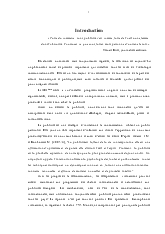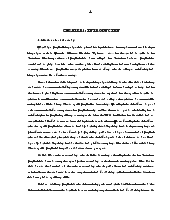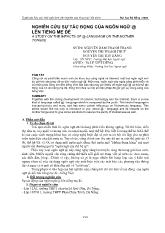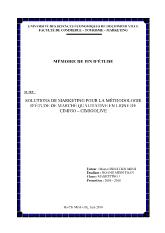To be conducted as a descriptive study that utilizes both quantitative and qualitative approaches
- Người chia sẻ : vtlong
- Số trang : 79 trang
- Lượt xem : 8
- Lượt tải : 500
- Tất cả luận văn được sưu tầm từ nhiều nguồn, chúng tôi không chịu trách nhiệm bản quyền nếu bạn sử dụng vào mục đích thương mại
Bạn đang xem trước 20 trang tài liệu To be conducted as a descriptive study that utilizes both quantitative and qualitative approaches, để xem tài liệu hoàn chỉnh bạn click vào nút DOWNLOAD LUẬN VĂN ở trên
Internationally, teaching English as a second or foreign language (ESL/EFL) has
changed tremendously over the last few decades. Most significantly, the traditional
teacher-centred approach has been replaced with thelearner-centred one, which reflects a
desire to explore ways of making teaching responsive to learner needs and interests and
allowing learners to play a fuller, more active and participatory role in the day-to-day
teaching and learning processes. Inherent in this approach is a shift in the responsibilities
of both teachers and students in the foreign language classroom. No longer does the
teacher act as the centre of all instruction, controlling every aspect of the learning process.
Learners themselves now, more than ever, are sharing the responsibility for successful
language acquisition and, in doing so, are becoming less dependent on the language
teacher for meeting their own individual language learning needs. By giving students more
responsibility for their own language development, language programs are inviting learners
to become more autonomous, to diagnose some of their own learning strengths and
weaknesses and to self-direct the process of language development.
In the field of second language acquisition research, focus has been shifted away
from finding perfect teaching methodologies to investigating why some learners are very
successful in their language learning while others are not although they have made as much
effort learning the language. Several studies that have been carried out by Oxford (1990),
O’Malley and Chamot (1990) Nunan (1991), Rubin and Thompson (1994) and Cohen
(1998) have shown that one of the most important factors that distinguish successful
learners from unsuccessful ones is their learning strategies. In other words, successful
learners do use some effective learning strategies to deal with problems that emerge during
their learning process while unsuccessful ones employ inappropriate or ineffective
strategies resulting in their failure in their language learning. This finding has provoked
interests among researchers and teachers in identifying learning strategies employed by
good language learners with a view to training bad learners to use such effective learning
strategies.
2
In Vietnam, learning strategies have also become a topic of interest in recent years
when the concepts of “self-learning” and “life-longlearning” have been familiar to the ears
of both Vietnamese teachers and students. Some studies into this field have been conducted
with different types of learners to find out particular strategies employed by effective and
ineffective learners such as Huyen Tran’s study (2004) on vocabulary learning strategies
used by students of English at Qui Nhon university or Mai Duong’s (2005) on writing
strategies employed by first-year students at HanoiNational University. However, studies
as such are still scarce, thus, more research should be done in order to clarify particular
strategies used in different settings and by learners of different levels.




